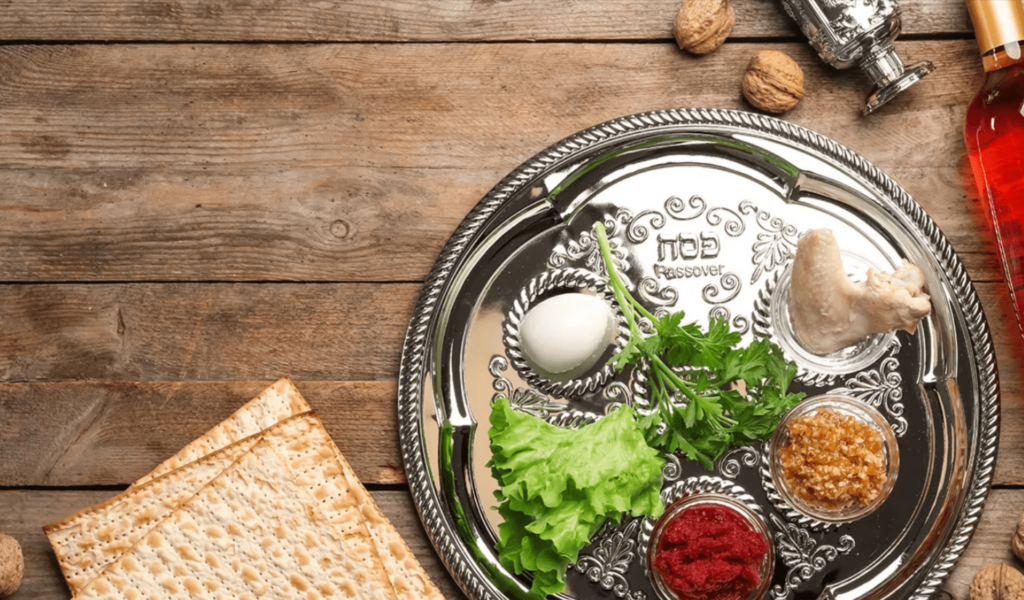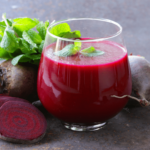The concept of “kosher Diet” pertains to food that adheres to Jewish dietary laws. These laws, known as “kashrut,” establish guidelines for what qualifies as kosher, encompassing aspects such as the ingredients used, the preparation methods, and the combination of foods. While not everyone of Jewish background or belief strictly follows kosher practices, many individuals do.
This article provides an overview of what defines kosher food, including detailed lists of both kosher and nonkosher items.
Kosher Diet and Its Religious Significance
The kosher diet is more than a matter of food safety; it reflects a commitment to Jewish faith and adherence to religious teachings.
The Torah, the central sacred text of Judaism, outlines the dietary laws known as Kashrut. These laws are detailed in the books of Leviticus and Deuteronomy.
Interpretations of kosher dietary practices vary among Jewish individuals, and not everyone follows these dietary guidelines.
What Defines Kosher Food?
For food to be considered kosher, it must adhere to specific dietary laws. Any food that does not meet these criteria is referred to as “treif.”
Kosher foods are categorized into three main groups:
- Meat: Only certain birds and mammals are considered kosher. Mammals must have split hooves and chew their cud.
- Dairy: Dairy products must come from kosher animals, and certain restrictions apply to cheese production, such as avoiding processing with meat-derived products like rennet.
- Pareve: Foods that are neither meat nor dairy, such as vegetables, fruits, grains, fish, and eggs, fall into this category.
Key aspects of kosher law include
- Pairing: Meat and dairy cannot be consumed together or within a specific time frame. Meat can be eaten with pareve, and dairy with pareve, but not with each other. Additionally, meat and fish, even though fish is pareve, cannot be consumed together.
- Preparation: Strict guidelines dictate how food is prepared, from slaughter to cooking. For instance, meat must be slaughtered according to “shechita,” a method ensuring the animal’s quick and painless death. Separate cookware and utensils must be used for meat and dairy.
- Certification: Determining whether a food is kosher can be complex. For example, you might not know if a fish has kosher scales after it has been filleted or if animal fat was used in baking bread. Kosher certification agencies ensure that food meets kosher standards. In food production facilities and kosher restaurants, a “mashgiach” oversees and certifies the food as kosher.
Kosher Food List
Here’s a brief overview of kosher foods, though Jewish dietary laws are extensive and nuanced, so this list is not exhaustive.
Types of Meats
For meat to be kosher, it must come from mammals that both chew their cud and have split hooves. Some examples of kosher meats are:
- Beef
- Lamb
- Goat
- Deer
- Mountain sheep
- Antelope
It’s essential to note that for meat to be kosher, it must also be slaughtered and processed according to kashrut standards.
Types of Poultry
Certain birds are prohibited under kosher laws, but many others are acceptable. The most widely recognized kosher birds include:
- Chicken
- Turkey
- Duck
- Goose
Other birds, like pigeon or pheasant, may be considered kosher based on specific practices.
Types of Fish
Kosher fish must have fins and scales that can be easily removed. Examples of kosher fish are:
- Salmon
- Tuna
- Cod
- Anchovies
- Herring
- Bluegill
- Mahi-mahi
- Caviar from kosher fish
Eggs
Eggs must come from kosher birds or fish and should be free of any blood spots to be considered kosher.
Dairy Products
Dairy must come from kosher animals, and cheeses must be certified kosher to ensure they don’t contain nonkosher animal products, like certain enzymes. Examples of kosher dairy include:
- Cow’s milk
- Kosher-certified Swiss cheese
- Kosher-certified cheddar cheese
- Kosher-certified cream cheese
- Kosher-certified cottage cheese
Breads and Pastries
Bread and baked goods must be made without dairy ingredients (such as butter, animal fat, or certain oils) and in dedicated equipment to avoid contamination with nonkosher foods. Kosher baked goods include:
- Bread loaves
- Rolls
- Challah
- Bagels
- Bialys
- Doughnuts
- Cake
Due to the specific requirements for kosher baking, many people prefer to buy from dedicated kosher bakeries.
Fruits and Vegetables
Generally, fresh fruits, vegetables, berries, and grains are kosher and classified as pareve (neutral), so they can be combined with either meat or dairy. It’s important to inspect them carefully for insects or bugs, as their presence would make the produce nonkosher.
Examples of Nonkosher Foods
Here is a list of some commonly known nonkosher foods, though there are many others that also do not meet kosher standards:
Nonkosher (treif) foods include:
- Pig/Pork
- Rabbit
- Kangaroo
- Camel
- Certain birds, such as hawks, seagulls, ostriches, and vultures
- Shellfish
- Eel
- Catfish
- Caviar from nonkosher fish
- Bread products containing dairy
- Cheeseburgers and other dishes that combine meat and cheese
- Insects or any produce containing insects
- Reptiles
- Amphibians
- Cheeses made with animal-based rennet
- Certain emulsifiers and other food processing agents
It’s important to note that some foods considered kosher can become nonkosher depending on how they are processed or prepared. For instance, if a kosher animal dies from natural causes or as roadkill, and not through proper kosher slaughtering methods (kashrut), it is then deemed nonkosher.
Identifying Kosher Products on Food Packaging
In the intricacies of modern food production, it’s often difficult to verify if a product is kosher.
For instance, you would need detailed knowledge about the enzymes involved in making your cream cheese, the methods used in slaughtering your beef, and whether the pans used by the baker for kosher bread are also employed for non-kosher items.
This is why kosher certification programs are in place. Several agencies conduct inspections and tests to ensure that products adhere to kosher guidelines, making it easier to follow a kosher diet.
To verify if a food item is kosher, look for a “hechsher” on the packaging. This mark signifies that the product has been approved or certified as kosher by a rabbi.
Common hechshers include:
- A “U” within a circle
- A “K” within a circle
- The Hebrew term for kosher
- The letter “P” or the phrase “kosher for Passover”
- OU-P, which indicates the product is both kosher for Passover and Pareve
Takeaway
The term “kosher” designates food that complies with Jewish dietary laws. These laws dictate the conditions under which food is deemed acceptable, including its preparation, processing, cooking, and the manner in which it is served and consumed.


